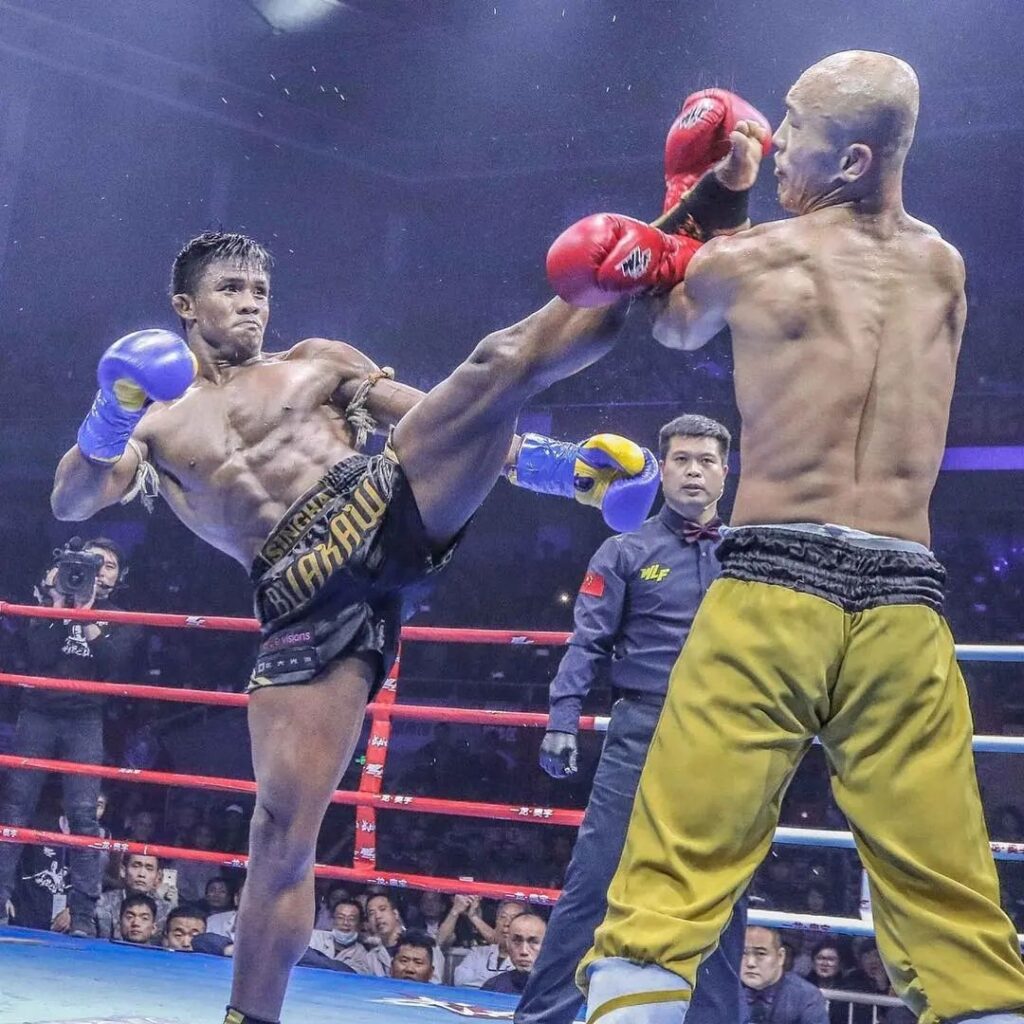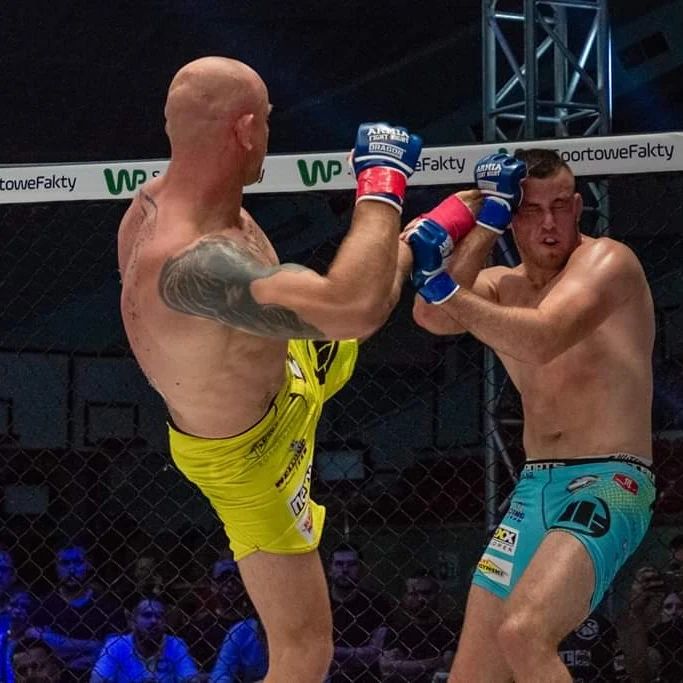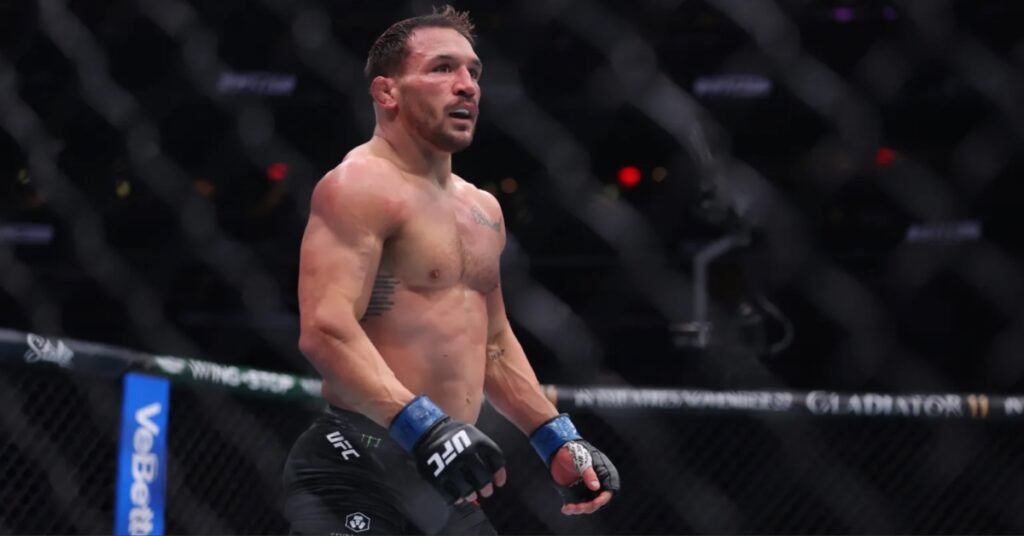Muay Thai vs Kickboxing

There’s many combat sports fans that think Muay Thai and kickboxing are the same thing, but they could be more different. For years, practitioners from both styles have competed against each other in the other’s style with varying results.
Here’s a full breakdown of the old Muay Thai vs Kickboxing scenario. Comparing everything about the two from their histories, style, and how they match up against one another in a fight.
Muay Thai vs Kickboxing: The Histories
Muay Thai has over a thousand years of history, while the sport of kickboxing is fairly new. Here are the histories of Muay Thai vs kickboxing.
The History of Muay Thai
The art of eight limbs known as Muay Thai is the national sport and martial art of Thailand. As a sport, Muay Thai is only around a century old. But as a martial art, it dates back to over a thousand years.
No one can pinpoint exactly when Muay Thai was created, but many believe it’s over a century old (if not more). Before the creation of Muay Thai, there was another style practiced called “Muay Boran.”
Historians believe that Muay Boran was influenced and developed by similar styles practiced with the neighboring countries of Myanmar and Cambodia. At first, Muay Boran was strictly used in warfare mainly against the neighboring nations just mentioned.
Muay Thai began to be developed off of Muay Boran during the prominent years of the Ayutthaya Kingdom(1351-1767). Then during the reign of King Narusuan the Great, Muay Thai would first be practiced as a sport.
The nation’s best warrior’s would compete in friendly competition at huge festivals put on by the kingdom. These types of showcases would continue until the early twentieth century as Muay Thai would become a legitimate sport.
The sport of Muay Thai would be heavily influenced by western boxing. Thai boxing as it became known would take place in a boxing ring with fighters wearing boxing gloves.
Governing bodies would also be created, which would create weight divisions and official Muay Thai rules. Muay Thai would transform into the official sport of Thailand, which the Thai people loved and took pride in.
In the almost hundred year history of Muay Thai, there have been numerous legendary fighters that have competed. Today, the martial art and sport is more popular than ever and is practiced globally.

The History of Kickboxing
While the history of Muay Thai dates back centuries, the sport of kickboxing is less than a century old. It is a hybrid sport that began developing during the 1960s and 1970s.
Mixing the styles of Karate, boxing, Taekwondo, and also even Muay Thai. The very first official kickboxing event took place in Japan in 1966.
This event was put on by the creator of Kyokushin Karate Masutatsu Oyama. The main event of this event was the student of Oyama in Tadashi Sawamura vs Dutch kickboxer Jan Plas.
Many combat sports historians cite this event as the beginning of the modern sport of kickboxing. After this event, there would be numerous kickboxing events held throughout the US and Europe during the 1970s and 1980s.
Various different federations would be created that included the International Kickboxing Federation (IKF) and the World Kickboxing Association(WKA). Both of which are still going strong since their creation.
Many consider the boom period for the sport of kickboxing started in the 1990s with the creation of K-1 Kickboxing. The Japanese based kickboxing promotion that put on the sport’s biggest shows for over a decade.
Numerous Kickboxing legends like Ernesto Hoost, Jerome Le Banner, Andy Hug, Cro Cop, Masato, and Semmy Schilt fought within the promotion.
Today, kickboxing is making a resurgence with promotions like Glory Kickboxing and RISE being two of the biggest promotions.

Muay Thai vs Kickboxing: The Similarities
Both of these sports have a wide variety of similarities. Here are the main similarities between Muay Thai vs kickboxing.
The Techniques
Both sports practice almost the same type of techniques, which include a variety of punches and kicks. This is why it’s common to see a fighter from one of these sports make a transition to the other sport.
Proven Effective
Both styles of kickboxing have been proven effective in practice. This is why millions of people practice either Muay Thai or a hybrid form of kickboxing.
Both Sports Influenced By Boxing
Both Muay Thai and kickboxing were heavily influenced by the sport of boxing. When the two sports were being created, the founders of both sports took inspiration from boxing.
Adding everything from a boxing ring, boxing gloves, 3 minute rounds, weight classes, and championship belts. Neither sport would probably exist if boxing hadn’t come before them.
Muay Thai vs Kickboxing: The Differences
While Muay Thai and kickboxing may seem similar, there are a lot of differences. Here are the main differences between Muay Thai vs kickboxing.
Rules
The actions of the bouts may seem similar, but the rules of Muay Thai are vastly different from those of kickboxing.
In the rules of a Thai boxing bout the following is permitted:
- Elbows
- Clinch
- Throws
- Reinforced Strikes
Each kickboxing federation has their own rules, but they all don’t allow the following:
- No Elbows
- No Clinching
- No Throws
Also most kickboxing promotions and federations do not permit reinforced strikes to the head. This rule became widely implemented after Allistair Overeem began using a Thai plum to pull his opponent’s head into his knee.
This also changed the rules for clinching that fighters must release their clinch after striking their opponent.
Rounds
The rounds of Muay Thai vs kickboxing are also completely different from one another. In kickboxing, non-title bouts are 3/3 minute rounds and title bouts are 5 rounds.
All Muay Thai bouts are 5/3 minute rounds. Thai boxing governing bodies in Thailand also have a 2 minute rest between rounds, where there’s only one in kickboxing.
(In ONE Championship, the rest time for their Muay Thai bouts is only 1 minute like in kickboxing.)
Kickboxing is a Hybrid Sport
Then the last difference between the two styles is that kickboxing is a hybrid style/sport. It was created from numerous styles that includes Karate, Kung Fu, Taekwondo, boxing, and even Muay Thai.
The sport and martial art of Muay Thai is not a hybrid. It’s a pure fighting style that was created within Thailand.
Muay Thai vs Kickboxing: Their Strengths
Both styles have some great advantages that they can use in a fight. Here are the strengths of Muay Thai vs kickboxing.
The Strengths of Muay Thai
While Muay Thai and kickboxing may seem similar, Thai boxing has three big strengths over kickboxing.
- Elbows
- Clinch
- Leg Kicks
It can be debated that the punches and kicks in kickboxing can match Muay Thai. But the elbows and clinch within Muay Thai are game changers.
A Muay Thai fighter may be losing a fight, but once they’re able to clinch, the tide of a fight changes. They can unleash a barrage of nasty elbows or knees and even throw their opponent to the canvas.
But let’s not forget the power of the leg kicks that nobody does better than in Muay Thai. The ability to chop down an opponent is an incredible strength of the style.
The Strengths of Kickboxing
Kickboxing has many strengths of its own that match well against Muay Thai. Some of the strengths of kickboxing includes:
- Great Boxing
- More Aggressive
- More Movement
While dealing with a Muay Thai fighter would be difficult, a kickboxer generally has better boxing than a Thai fighter. Being able to keep a Thai boxer off balance with more technical punches and mix in kicks.
Kickboxers also tend to be more aggressive than Muay Thai fighters and tend to use more movement. This is mainly due to a couple reasons.
The bouts are shorter in kickboxing and they have to be more aggressive and the gambling aspect of Thai boxing. Thai fighters in Thailand are told to start slow to let the bets come in before picking up the pace.
Most kickboxers also tend to use more movement than Thai boxers. This can be an advantage for them against a Thai boxer as Muay Thai fighters generally just move forward.
Muay Thai vs Kickboxing: Their Weaknesses
While both styles of striking are very effective, they aren’t without flaws. Here are the flaws of Muay Thai vs kickboxing listed below.
The Weaknesses of Muay Thai
Since western fighters have been competing against Thai boxers, two noticeable flaws have been revealed. Kickboxers generally have better hands and they sometimes have trouble when an opponent moves a lot.
Thai fighters have been improving their hands, but western fighters with a base in boxing are far ahead of them. This mixed with the movement of kickboxers can sometimes make things difficult for a Thai boxer.
The Weaknesses of Kickboxing
Kickboxing is a good martial art, but when a kickboxer goes against a Thai boxer, the same things get exposed. Kickboxers don’t know how to defend against elbow strikes or the clinch.
Leg kicks were also a big problem for traditional kickboxers early on when they weren’t allowed in kickboxing matches. But the clinch and elbows have always been their weak points against Thai boxers.
Muay Thai vs Kickboxing: Who Wins?
The winner between a Thai boxer and kickboxer would really depend on the ruleset. Under Muay Thai rules, the Thai boxer would have the advantage and under kickboxing rules, the kickboxer would have an advantage.
Although we’ve seen many fighters from these disciplines face each other within each ruleset. The results have been mixed and have depended on the skills of the fighters.
The Final Verdict
The striking styles of Muay Thai and kickboxing are both highly effective and respected. But the great thing about the two styles is that you can easily learn both.
Definitely consider learning one or both of these disciplines. Either would get you in great shape and be beneficial in learning a form of self defense.






